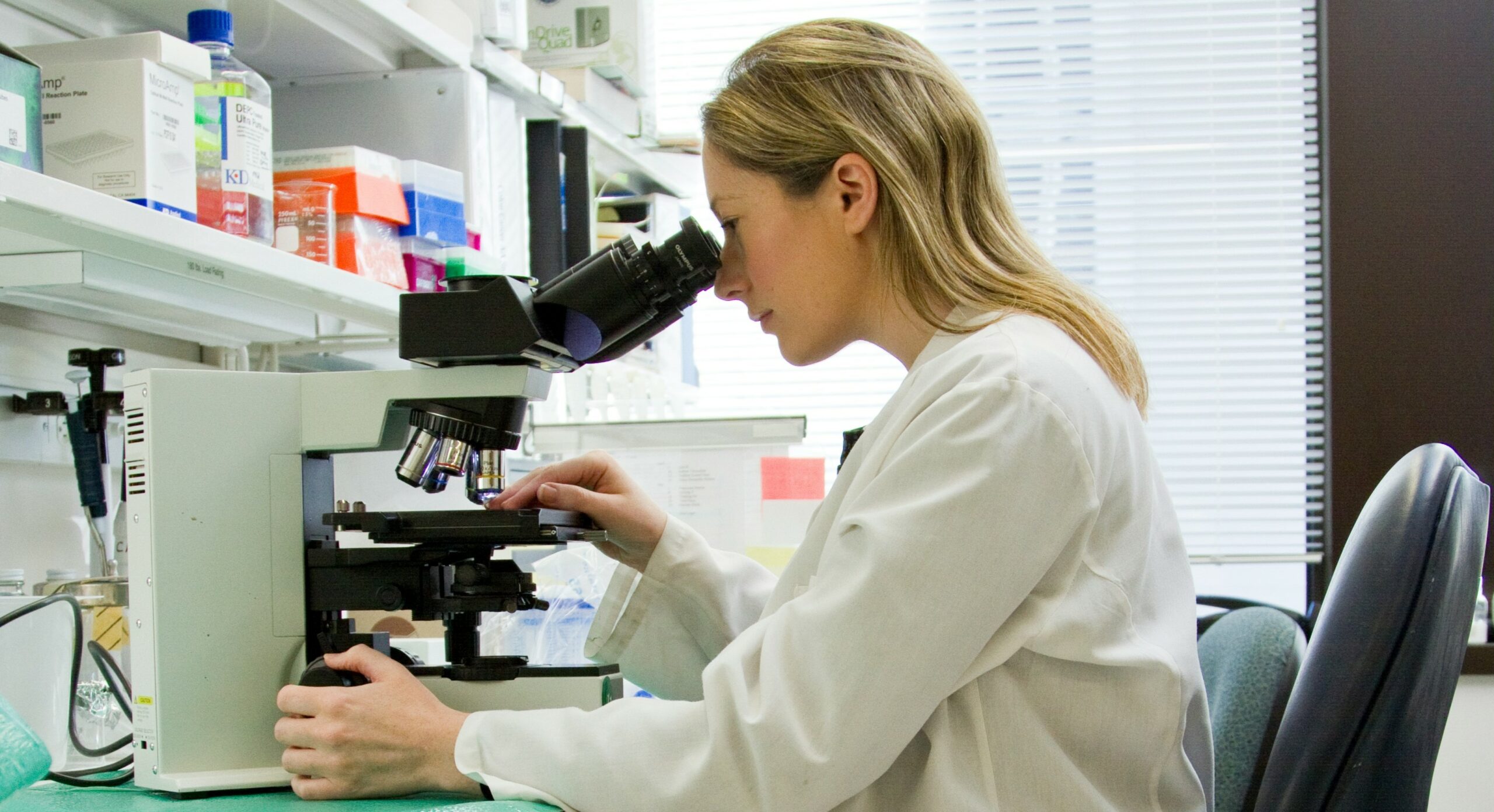
Soil is a complex tapestry of life and nutrients that supports ecosystems and feeds cultures around the world. To uncover its secrets and optimize its use, scientists and farmers turn to increasingly sophisticated technologies and soil analysis methods. Let’s dive into this underground world and discover how science is revealing its wealth of information.
- Soil Sampling: The Fundamentals of Analysis
Before any analysis, it is crucial to collect representative soil samples. Modern sampling benefits from georeferencing and geographic information systems (GIS) technologies, enabling an accurate and strategic approach to data collection. This initial step is essential to ensure reliable results in subsequent analyses.
- Chemical Analysis: Deciphering Nutritional Secrets
Soil chemical analysis is essential to understand its fertility and production potential. Using techniques such as spectroscopy and chromatography, scientists can quantify the levels of nutrients crucial to plant growth. This information guides fertilization and nutrient management strategies, helping farmers maximize crop yields sustainably.
- Physical Analysis: Revealing Soil Structure and Hydrology
The physical structure of the soil influences its ability to retain water, supply oxygen to plant roots and support the load of crops. Techniques such as granulometric analysis and soil density measurement help to understand these properties. Understanding soil hydrology is crucial for efficient irrigation management and avoiding problems such as compaction and erosion.
- Biological Analysis: Uncovering Life Underground
Soil is home to a myriad of organisms, from microorganisms invisible to the naked eye to earthworms and insects. These organisms play vital roles in decomposing organic matter, cycling nutrients, and promoting soil health. Methods such as DNA sequencing are used to study soil biological diversity, providing valuable insights for sustainable agriculture.
- Technological Frontiers: Innovation for the Future of Soil Management
As we advance, new technologies continue to shape the field of soil analysis. Drones equipped with high-resolution sensors are revolutionizing the way we map soil variability over large areas. Additionally, artificial intelligence is being applied to analyze large sets of soil data and predict patterns and trends that were previously difficult to detect.
In summary, advanced soil analysis technologies and methods are fundamental for more efficient and sustainable agriculture. By leveraging these innovative tools, we can ensure that soil continues to play its vital role in feeding the world, now and in the future.
No tags for this post.



